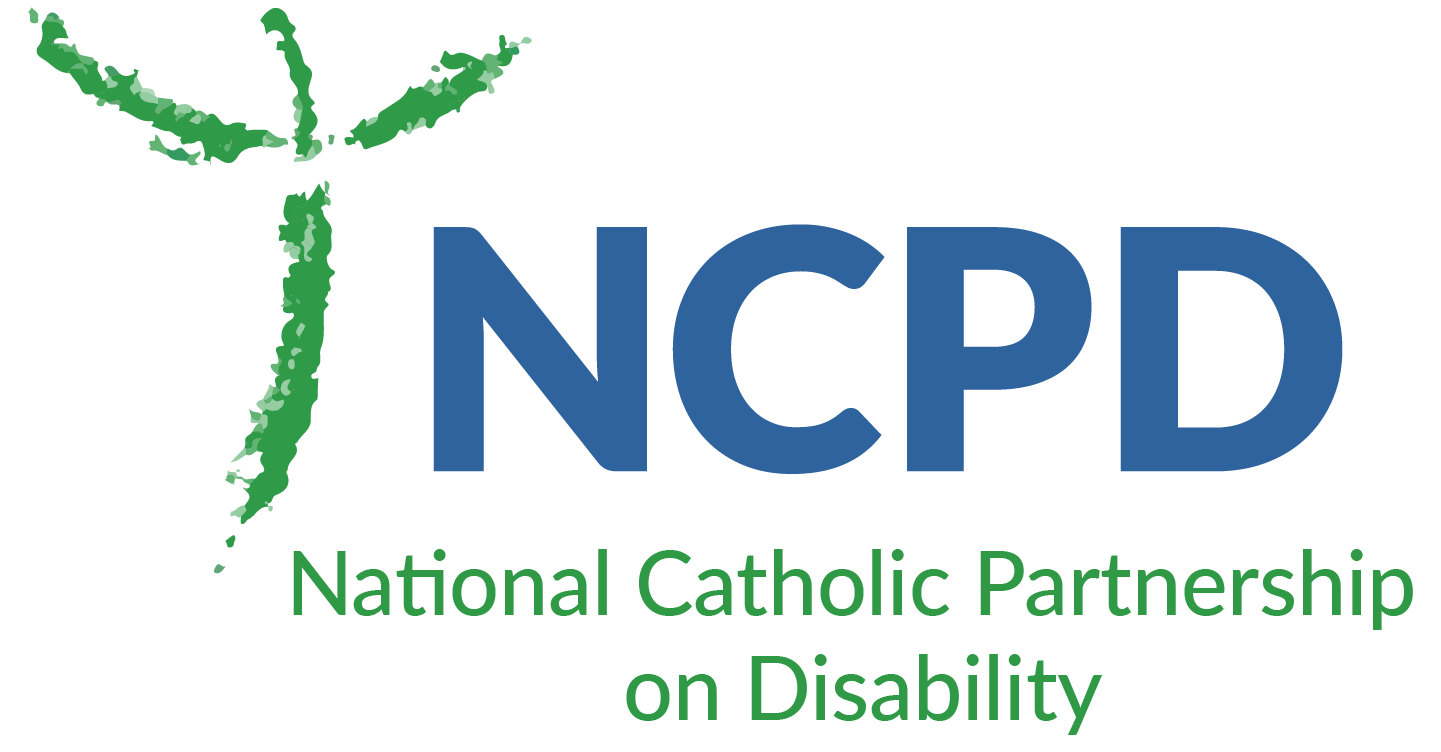As with all learners, students with Autism have their individual set of strengths and needs. Their strengths may include: a good memory for facts, logical thinking, and attention to detail. Their needs may reflect difficulties in communication and social skills, and difficulties with comprehension of abstract concepts. The following are a few strategies to help children with Autism learn:
- Gather information from caregivers regarding what helps learning.
- Keep the learning setting quiet and visually uncluttered.
- Plan concrete and real-life learning activities.
- Use visual and tactile aids: pictures, flashcards, puppets, touch & feel books.
- Speak with simple directions framed in a positive manner.
- Facilitate interactions with peers of all abilities.
- Alternate active group activities with quiet work time.
- Keep class schedule structured and consistent.
- When changes in the routine occur, try to give advanced notice.
- Plan activities to fill waiting time.
- Reinforce good behavior in meaningful ways.
- Recognize misbehavior as a means of communication.
- Maintain open communication with parents, school teachers, and catechists to share best practices between home, school and church.
Special thanks to Marsha Rivas, Coordinator for the Office for Persons with Disabilities in the Diocese of Toledo OH for contributing this resource!
Related Disability or Ministry:
Program Type:
Resource Type:
Source Type:
Language of resource:
